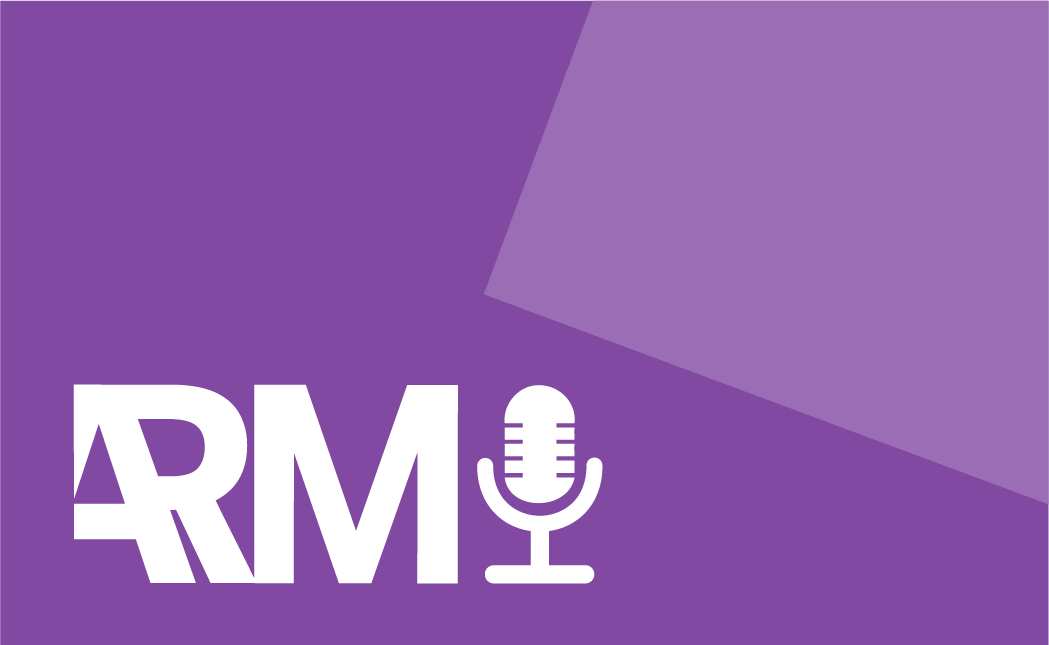The media landscape is evolving rapidly, and over the next 12 to 24 months, we anticipate significant changes.
In our latest episode, we discuss the key trends shaping the future of media, the challenges of capturing consumer attention, the increasing digitisation of media, and the role of artificial intelligence in creative advertising.
Watch the full episode or read the blog below.
Media Innovation & Future Gazing
Attention in the Media Landscape
Develop and distribute short, engaging content tailored to capture fragmented audiences. Invest in creative teams or agencies specialising in short-form content to ensure high engagement and relevancy.
Attention is becoming increasingly difficult to capture in the current fragmented media landscape. Since 2015, the rise of this trend has influenced other platforms like Meta’s Reels and YouTube Shorts, leading to a broader industry shift towards shorter, more engaging content formats. Just recently, Twitch also announced that they’re launching their version of the discover feed. Smartphones have been significant in this, with 20-32% of all adults and over half of 16-34-year-olds spending substantial time on their devices. This shift has led to a more fragmented marketplace, making it challenging for advertisers to capture attention. One notable example is TikTok, which has reshaped attention dynamics with its short-form, scrollable content, which no doubt has influenced channels like YouTube, Twitch, Meta, etc to follow suit.
How to Maximise Attention Through Audience Segmentation
Segment your audience based on three states (Work, Rest and Play) and tailor your messaging accordingly. Use data analytics to identify when and where your target audiences are most receptive to your brand messages and optimise your media planning to align with these insights.
To maximise attention, it’s crucial to understand the different states in which consumers engage with media—Work, Rest, and Play. When consumers are relaxed and in a happier frame of mind, they are more receptive to advertising messages, particularly brand messages. On the other hand, if you’ve got to renew your car insurance for example, you will still do that regardless of your state. This understanding helps in targeting advertising effectively, considering the consumer’s state of mind and the media channels they are likely to use during those states.
Our research shows us that if you compare media consumption 10 years ago to media consumption now, back then, you could run a TV campaign and hit 85%, if not more, of your target audience from just one TV campaign. You can’t necessarily do that now. You can still hit a huge number, but what you need to do is have different media channels to add the incremental gain. That means competing in lots of different spaces in lots of different formats to help cut through and grab the consumer’s attention in what is an increasingly competitive world.
What to Consider From The Shift in TV and Video-On-Demand (VOD) Services
Allocate a small test budget across different media channels to maximise reach and engagement based on the data available on your audience’s state of mind. Only then can you find the most effective mix for your campaigns.
With about 1.5 million homes in the UK using TV over IP, this number is expected to double by the end of 2024. This shift is significant for both broadcasters and advertisers, enabling more precise targeting and contextual advertising. Services like ITVX, Channel 4, and Sky’s AdSmart are adapting to these changes, offering more granular targeting options. At the minute, it’s quite difficult to differentiate success from one channel to the other because they’re just measured, looked at and bought differently. However, we do expect this to change soon.
Another shift we expect to see with TV is that long-term it will begin mirroring the digital landscape or the traditional digital landscape. That means much more tailored in terms of what you can deliver, whether it’s linear TV itself or increasing the BVOD platforms as they continue to grow. One thing we’ve seen from our side, doing VOD campaigns with the major broadcasters, is that just because you can target, it doesn’t always mean that that will be better.
The more targeted you go (with any media), you’ll pay more for the privilege of targeting highly, and we don’t always see the efficiency of that depending on what campaign metric you’re measuring. Sometimes, wastage is good and broader is good, and you can still deliver collective activity. We’ve seen that with the major broadcasters, where they’ve opted for a more regional campaign as opposed to a very audience demographic targeted campaign. It’s worth remembering the need to test different types of approaches for targeting within the tv space and to find a balance between broad versus more targeted.
What are the Challenges and Opportunities in the Subscription VOD Market?
There are advanced targeting options provided by services like ITVX, Channel 4, and Sky’s AdSmart. Balance targeted campaigns with broader approaches to ensure cost-efficiency and avoid excessive targeting costs without significant returns.
The subscription VOD market, including players like Netflix, Disney+, and Amazon Prime Video, has seen significant growth over the past six to seven years. However, there has been a plateau in the last 12 months, likely due to the cost of multiple subscriptions and the current cost of living crisis. This plateau indicates a potential for consolidation in the market, with content aggregators providing a more streamlined service for consumers.
As subscription fatigue sets in, VOD services are increasingly introducing advertising options. Netflix, Disney+, and Amazon Prime have all launched advertising routes, providing new opportunities for advertisers. The sophistication of targeting varies, with Amazon Prime leveraging its extensive data ecosystem to offer highly targeted advertising, while others are still refining their offerings. Amazon for example, can target everything from regionally where you are, to life stage based on what you’re buying, to disposable income based on how much you’re spending.
On the other hand, Netflix launched without having a proper product selling to the market and they erroneously assumed brands would be willing to pay quite high CPMs just for the privilege of being on Netflix. Now, they’re refining that because they’ve realised brands don’t want to spend a high CPM just to be on Netflix with no targeting.
Artificial Intelligence in Creative Advertising
Get your team to adopt AI tools to streamline the simplest of workflows, often the ones that take the most time, or even to plug in a skillset gap like design for example. Automate and optimise creative production and get your agency to test AI-generated content variations to identify the most effective creatives, reducing wastage and production costs.
Artificial intelligence (AI) is set to revolutionise creative advertising. Giants like Google and Meta are revolutionising the way campaigns are run. They’re encouraging brands to consolidate their efforts into one comprehensive campaign, allowing sophisticated algorithms to take the reins. This AI-driven approach is designed to identify and engage the most relevant audience for any given message.
Recently, while exploring Meta’s platform, it became evident that the company is nudging advertisers towards ‘Advantage Plus’—their algorithmic solution that simplifies campaign management. However, this shift towards automation makes manual data analysis and audience sizing increasingly challenging.
For years, the industry mantra has been to cast a wide net—embracing some level of wastage for the sake of cost efficiency. Only recently have Google and Meta acknowledged this strategy, integrating it into their AI algorithms. But the true innovation lies beyond bidding strategies; it’s in the creative domain where AI is set to make its mark.
Google and Meta are on the cusp of introducing tools that will generate diverse creative content through AI. Brands will be able to input their assets—products, logos, fonts—and the system will generate a plethora of creative variations. While branding may continue to focus on high-level storytelling and quality, performance marketing is expected to leverage dynamic, AI-generated creatives to optimise engagement.
The challenge for advertisers will be managing the need for varied creative content without squandering their production budgets. Creative agencies report that up to 80% of the content they produce for brands goes unused. AI could be the game-changer, enabling the rapid creation of content variations at a fraction of the cost.
Get in touch with our digital team today
Find out how we can combine digital, TV and data science expertise to get the most out of your advertising budget.
"*" indicates required fields
 11 June, 2024
11 June, 2024 by Liam Cogan
by Liam Cogan


















